Poplar Hardwood Lumber Boards
Length: 7–12 feet
Available Thickness:
- 4/4 – $3.00/Bd ft
- 8/4 – $4.00/Bd ft
Specifications
- Common Name(s): Poplar, Yellow Poplar, Tulipwood
- Scientific Name: Liriodendron tulipifera
- Distribution: Eastern United States
- Tree Size: 100–165 ft (30–50 m) tall, 6–8 ft (1.8–2.5 m) trunk diameter
- Average Dried Weight: 29 lbs/ft³ (465 kg/m³)
- Janka Hardness: 540 lbf (2,400 N)
- Crushing Strength: 5,540 lbf/in² (38.2 MPa)
Color/Appearance
Heartwood: Light cream to yellowish brown, sometimes with streaks of gray or green.
Sapwood: Pale yellow to white, not always sharply demarcated from heartwood.
Grain/Texture
Grain: Generally straight
Texture: Fine to medium with moderate natural luster.
Rot Resistance
Poplar is rated as non-durable to perishable with regard to decay resistance and is susceptible to insect attack.
Workability
Poplar is very easy to work in almost all regards. Due to its low density, it can sometimes leave fuzzy surfaces and edges—especially during shaping or sanding. Finer grit sandpaper may be needed for a smooth finish.
Common Uses
- Furniture
- Veneer
- Plywood
- Interior millwork
- Boxes, crates, and baskets

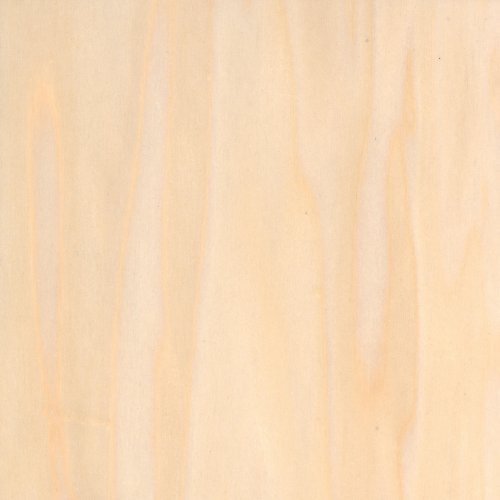
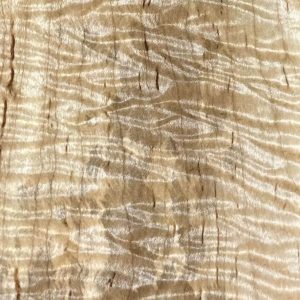
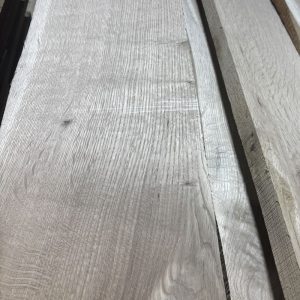
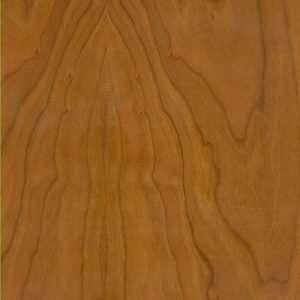
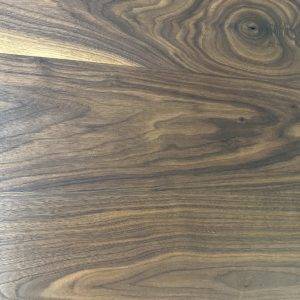
Comments
Poplar is often used as a secondary wood in fine furniture, particularly in drawers and other hidden parts. It is one of the most economical and versatile hardwoods, making it a popular choice for many woodworking projects.
Note: Poplar is not typically used where strength or durability is critical, but its ease of use and consistent color make it a favorite for painted projects.